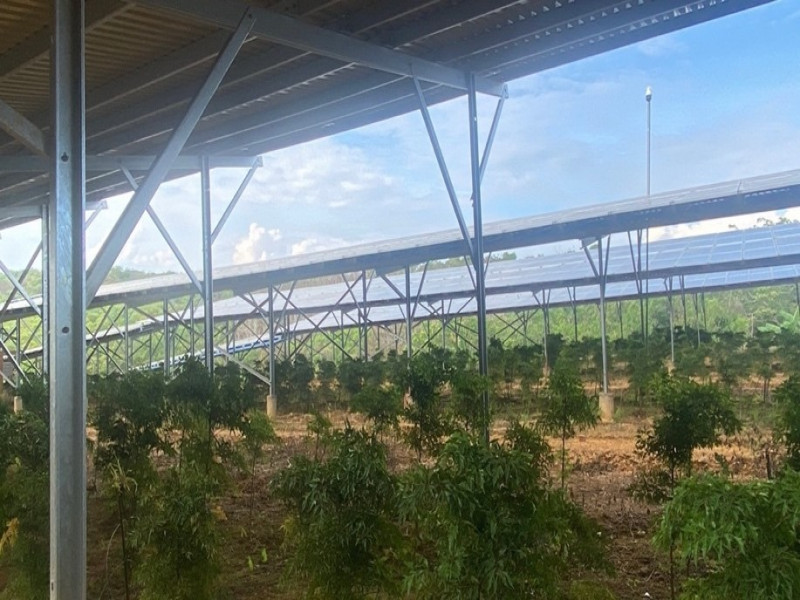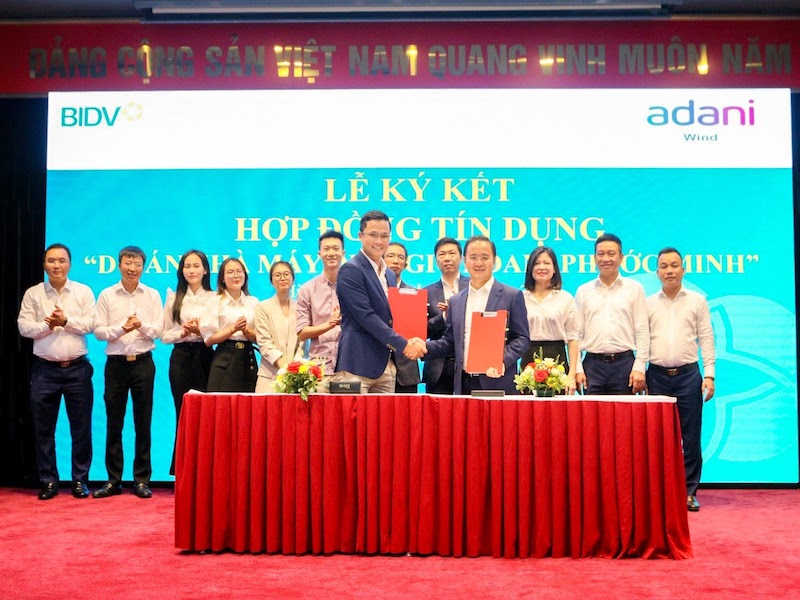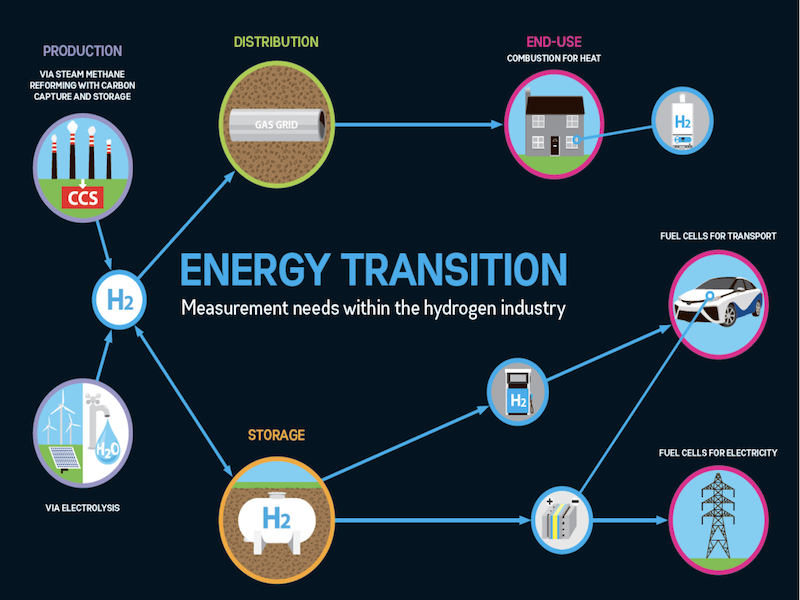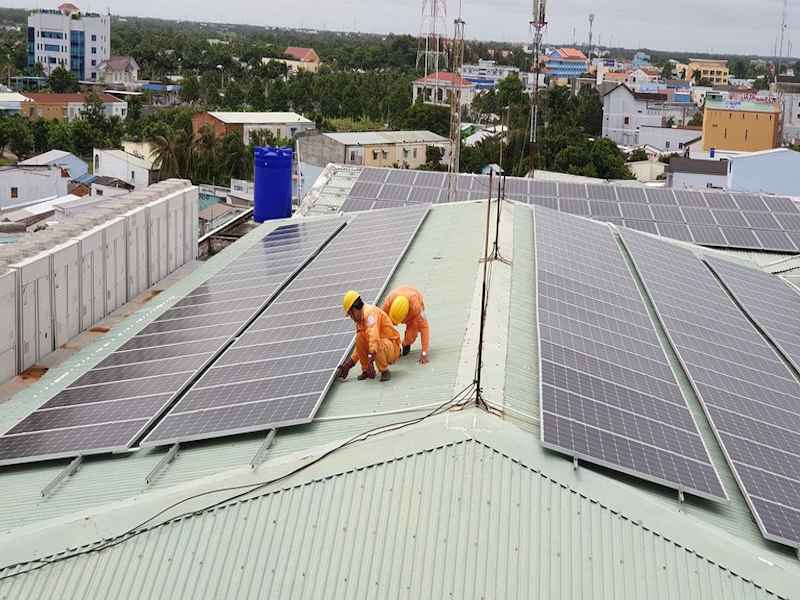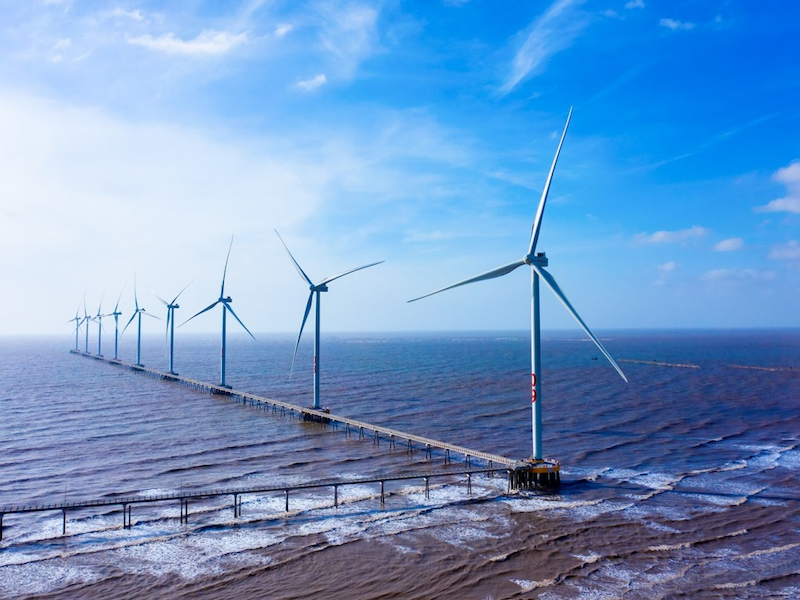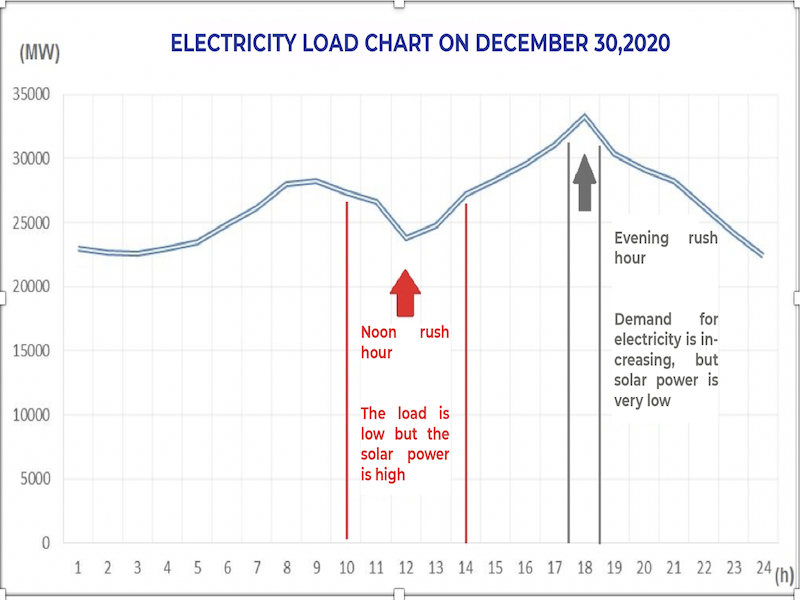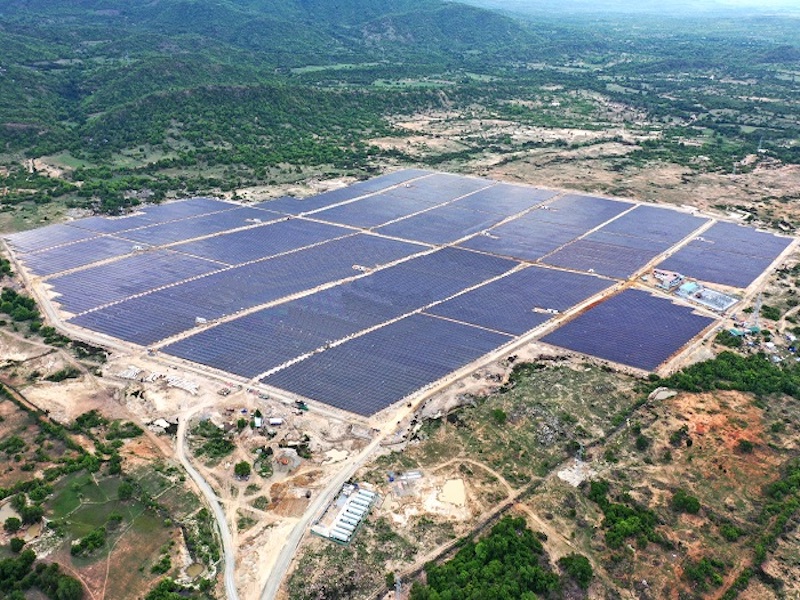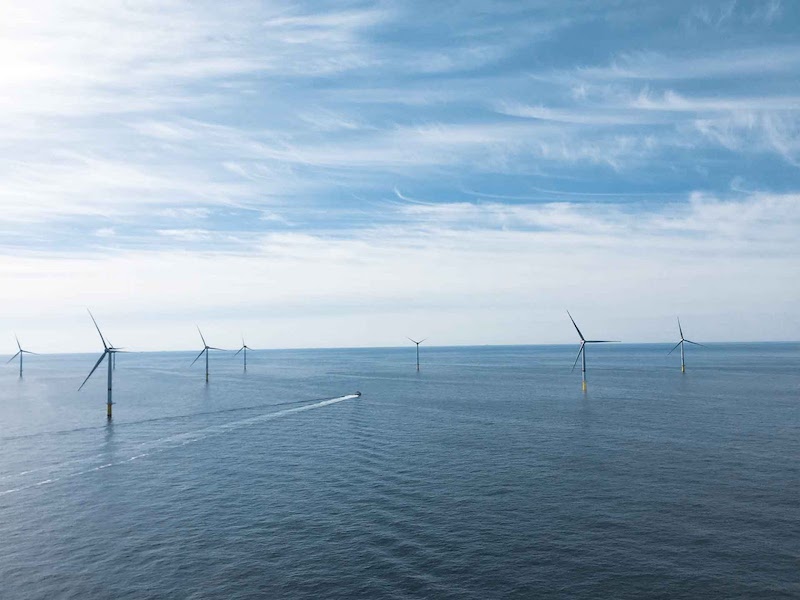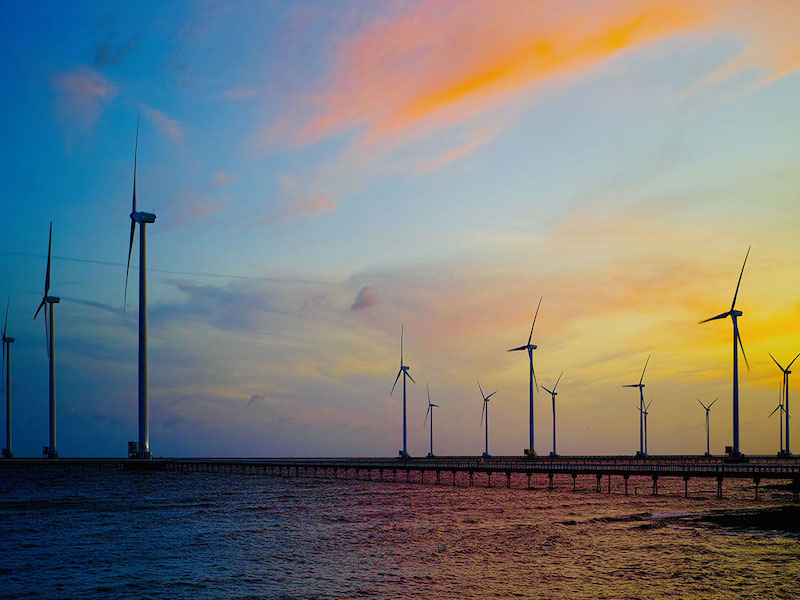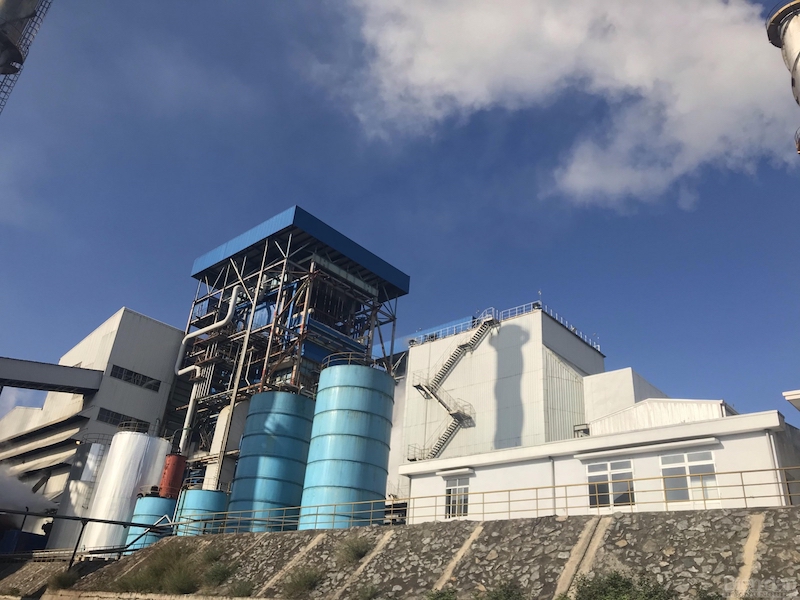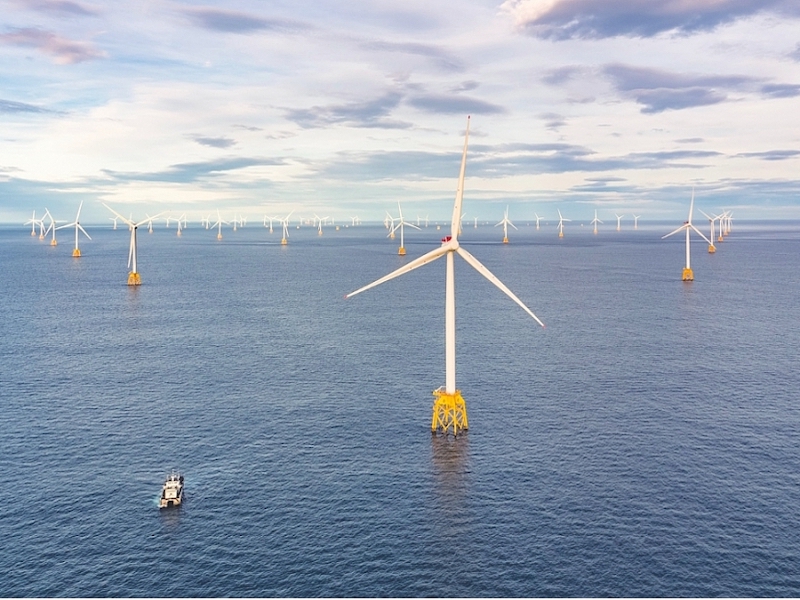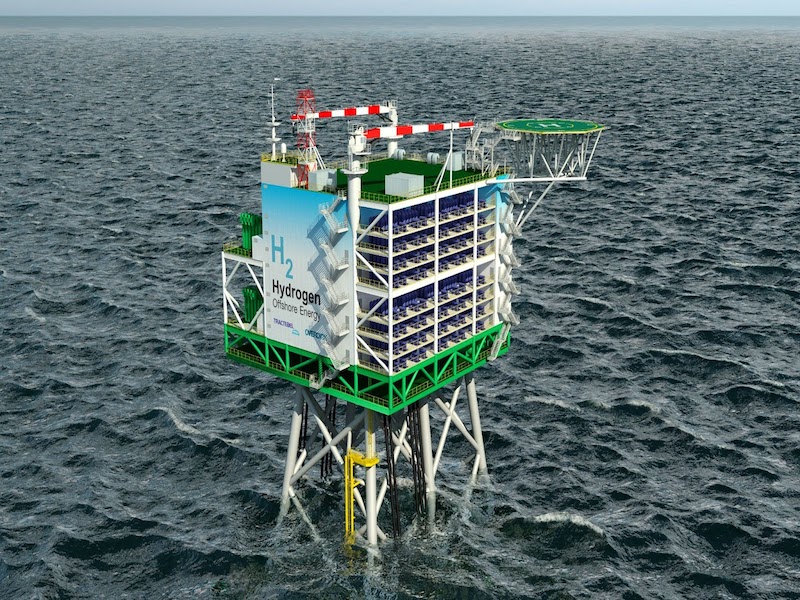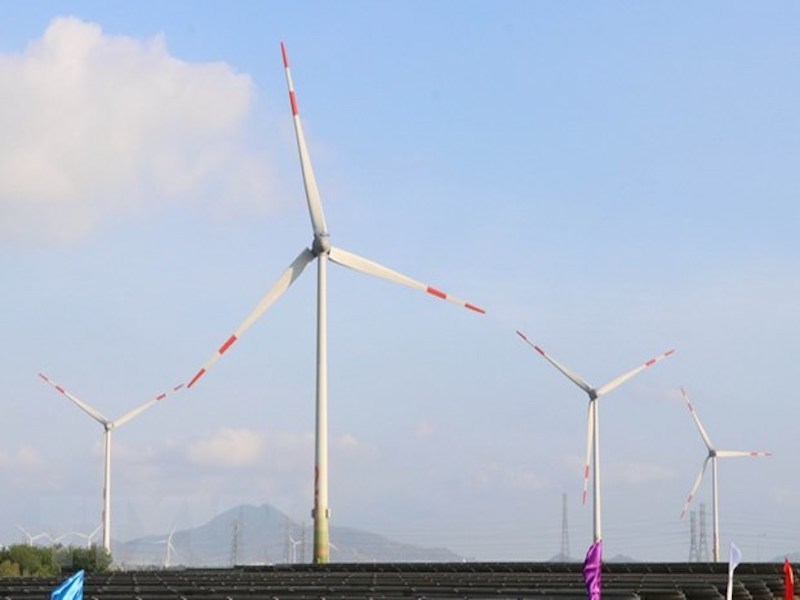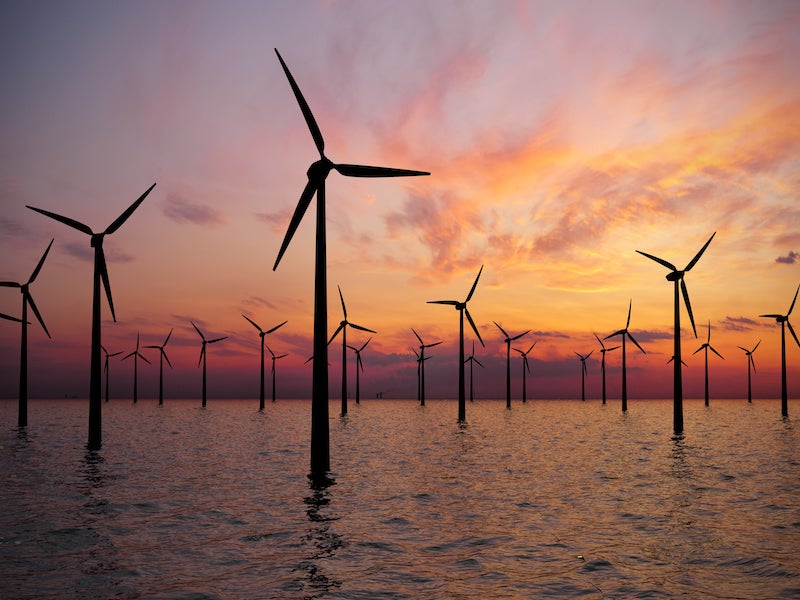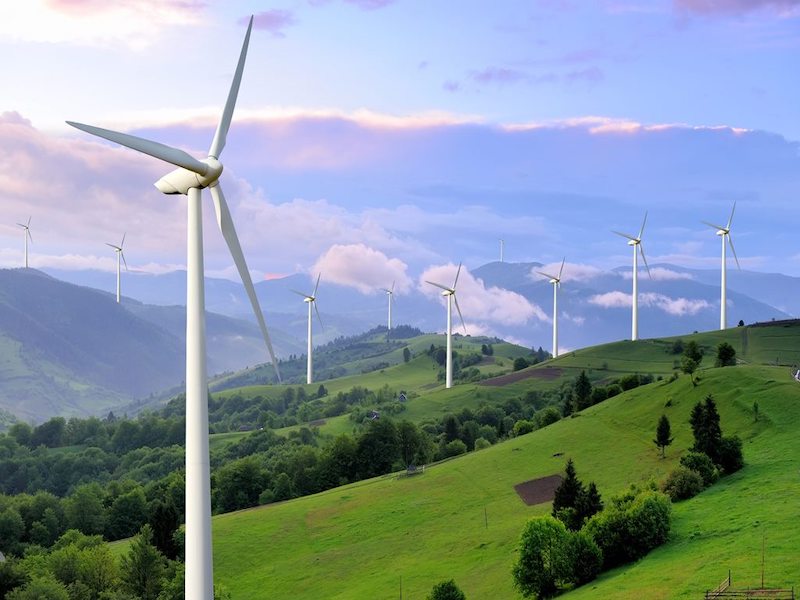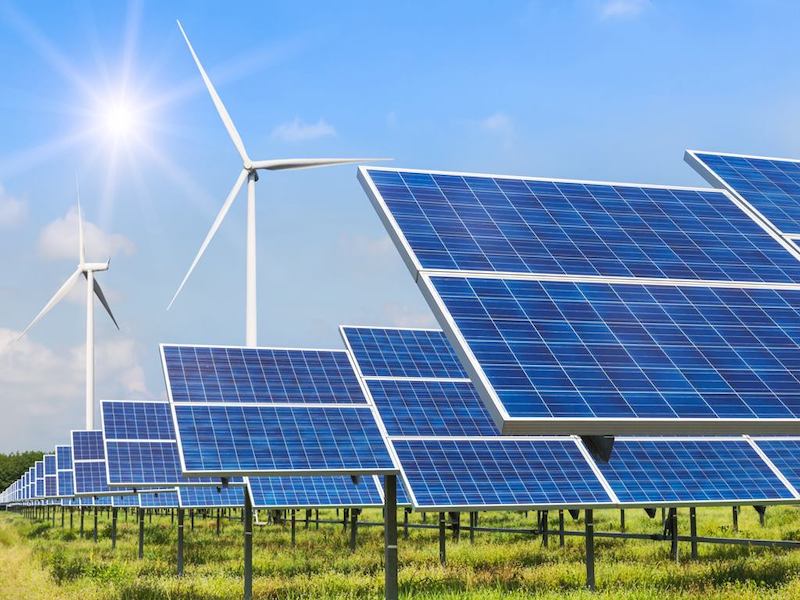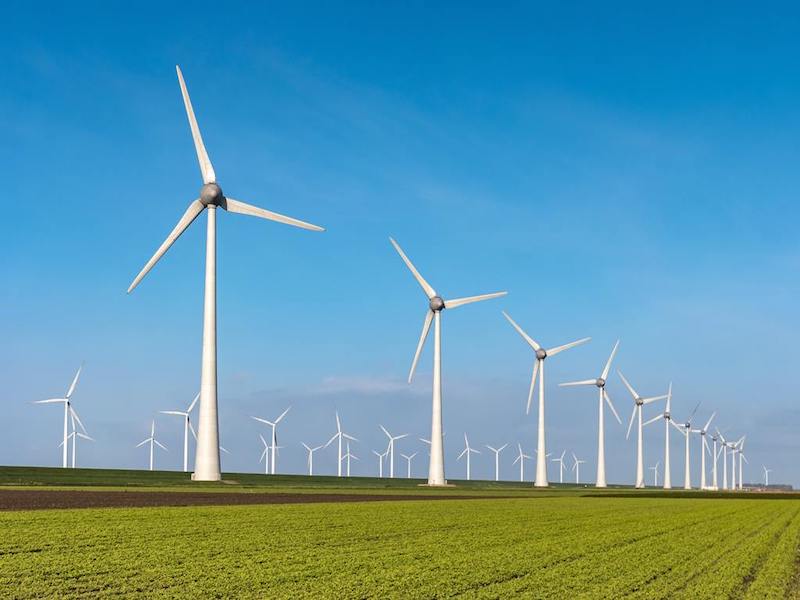Recently, the Draft National Electricity Development Plan for the period 2021-2030, with a vision to 2045 (called Power Plan 8) was approved by the Appraisal Council. The goal of increasing the proportion of electricity capacity from renewable energy sources to more than 50% by 2045, along with the need to attract large capital, are creating many opportunities for domestic and foreign enterprises to invest in energy systems. renewable energy (RE) in Vietnam.
Power planning 8 is considered a highlight for the development of renewable energy
Huge development
One of the major points of the Power Master Plan 8 is to reduce the proportion of coal power, gradually increase the proportion of electricity from renewable energy and new energy in the power source structure. In the field of renewable energy, attention should be paid to ensuring the efficiency, harmony and balance of the system. Offshore wind power plays an important role and will be prioritized for development in the coming period.
Power planning 8 determines the total capacity of the national power source to 2030 about 146,000MW; by 2035, it will increase to 217,596MW and reach 401,556MW in 2045. In which, the total capacity share of renewable energy sources (excluding hydroelectricity) will increase from 22.7% (2025) to 50.7% (2045). Specifically:
Đơn vị: %
|
|
|
|
|
|
|
|
|
|
|
|
|
|
|
|
|
|
|
|
The adjustment of Power Master Plan 8 not only follows the content of Resolution 55 of the Politburo, but also demonstrates Vietnam's determination to fulfill Vietnam's commitment at COP 26 to "reach net zero emissions by 2050". .
In fact, in the period 2019-2020, Vietnam has witnessed the rapid development of renewable energy sources. Thanks to natural conditions with 2000-2600 hours of sunshine/year, 150 Kcal/m2 solar radiation, more than 16.5GW of solar power has been connected to the national grid, accounting for 24% of the total installed capacity nationwide. .
With the incentives of nature, Vietnam has limitless potential for renewable energy development. Pictured is the Adani Phuoc Minh solar power project in Ninh Thuan - the place with the highest number of sunny hours in the country.
Meanwhile, the potential for development of GHG in Vietnam is even more open. According to the World Bank (2019), Vietnam has the potential to develop 475GW in waters deeper than 200m. In which, the southern sea area is 142,000 km2 wide and has good development conditions with wind speed of 7-10m/s at a depth of 100m. Currently, the first Bac Lieu wind farm in Vietnam has been put into operation with a capacity of 100MW, providing 300 kWh of electricity output. Besides, there are still many potential projects being researched and put into development planning.
Large investment capital requirement
The cost of renewable energy development is very large. To offset the costs incurred when implementing the scenario of zero emissions by 2050 at COP 26, Vietnam needs $19 billion to keep electricity prices at normal. In addition, with the energy conversion management plan, each year Vietnam needs to spend 16.6 billion USD to invest in electricity development, with about 13 billion USD in investment in developing the power source system.
According to many experts, the biggest difficulty to develop the electricity industry's infrastructure is capital. Because of the characteristics of energy investment, it requires large capital and slow recovery. Currently, despite facing difficulties in accessing capital, many businesses in Vietnam have a team of highly qualified staff and experts with extensive experience in investment, construction and operation of projects. renewable energy electricity.
That fact creates the need to attract large amounts of capital from private enterprises through open mechanisms. One of them is a cooperation model between foreign investment enterprises with great resources and reputable, experienced and knowledgeable units in the domestic market such as RT Energy.
Adani Phuoc Minh solar power project was built in Ninh Thuan province and operated from October 2020 with an investment of 1,000 billion VND.
RT Energy has the orientation to focus on investing in expanding the portfolio of renewable energy projects, linking the group's development with the process of reducing carbon emissions, contributing to the Net-Zero process of Vietnam as well as in the world. world. In 2021, RT Energy has put into operation 2 renewable energy projects, Adani Phuoc Minh wind power (27.2MW) and Adani Phuoc Minh solar power (50MW) with a total investment of 2150 billion VND. The above two projects of RT have the cooperation of many leading enterprises in the energy field such as GE Power (USA), Henste engineering (Singapore), JA Solar (China), Rina (headquartered in Genoa) , Italy),... The company also approved the policy of surveying and preparing to invest in the multi-purpose solar power project in Khanh Hoa province, the wind power project in Tien Giang province and the AH1 wind power project. AH2 in Ben Tre province with a capacity of hundreds of MW, the total investment is expected from more than 4 trillion VND up to 21 trillion VND
In the coming period, RT will develop development orientations in three areas: renewable energy, new energy and industrial park model combining renewable energy, with a vision to become a pioneer corporation in the field of energy. renewable and green industrial zones in the ASEAN region by 2025, and in the world by 2030
Great incentives on tax and electricity purchase price
In addition to the great potential brought by natural conditions and the domestic demand to attract investment capital, renewable energy investors in Vietnam also benefit from income tax support mechanisms. businesses, import taxes on equipment, preferential land use and access to finance. Specifically:
|
|
|
|
|
|
|
|
|
|
|
|
|
|
|
|
|
|
|
|
|
|
|
|
In addition, mechanisms and policies to encourage the development of renewable energy in Vietnam also benefit from the supporting electricity tariff (FIT) within 20 years to increase the competitiveness of this energy source with other energy sources. In which, the selling price of offshore wind power projects is 9.8 USCents/kWh; onshore wind power is 8.9 USCents/kWh; solar power 7.09-8.38 USCents/kWh.
According to the draft, Power Planning 8 needs about 128.3 billion USD as investment capital for electricity development in the period of 2021-2030. To attract capital, Vietnam has many mechanisms to facilitate investors in renewable energy.
With the above advantages, along with the opening of the Power Plan 8, investment in the renewable energy system in Vietnam currently has many opportunities waiting for domestic and foreign investors to take advantage and exploit./.



